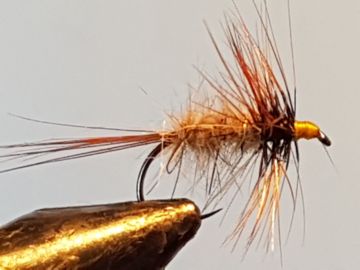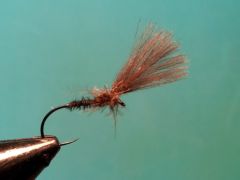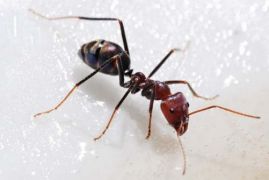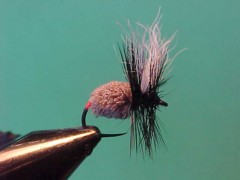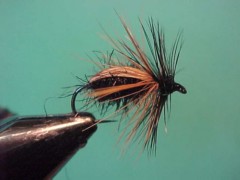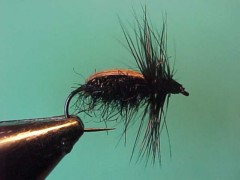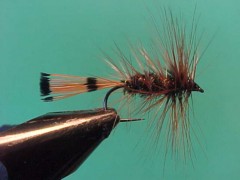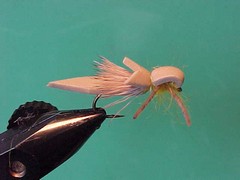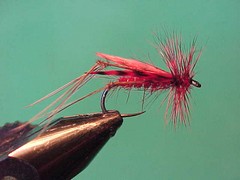Hackled gold ribbed hares ear
On balance I think it fishes better than the Greenwells Glory.
It works equally well on running or still water and is a little more buoyant than the Greenwell Glory and is buoyant enough to support a small bead head nymph in a wet under dry team.

